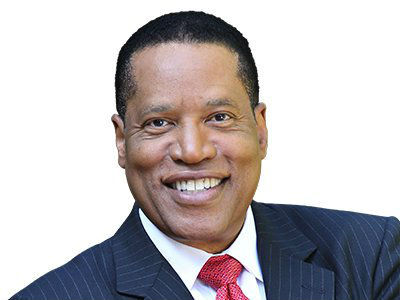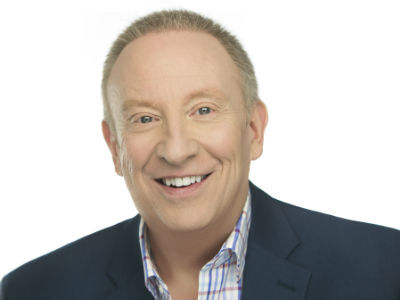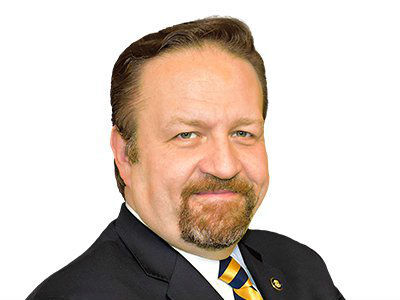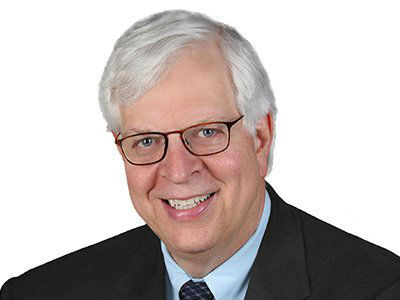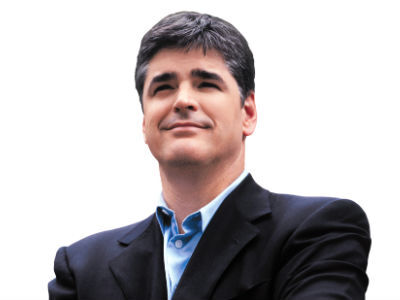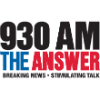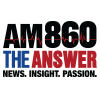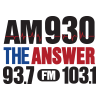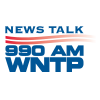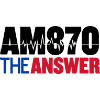How to do a digital detox in real life: Expert tips, challenges and mental health benefits
Lifestyle

Audio By Carbonatix
10:00 AM on Tuesday, October 7
By William Acton for LifeStance Health, Stacker
How to do a digital detox in real life: Expert tips, challenges and mental health benefits
New data from a 2025 Researchscape International survey conducted in partnership with LifeStance Health reveals what many of us already feel—our screens are draining us. While social media has its benefits, a striking 76% of Americans say they’d consider a digital detox, with Gen Z (84%) and millennials (83%) leading the way.
From anxiety to sleep problems, screen time is taking a toll. But how do you digital detox in real life when your phone is also your alarm clock, your map and your social lifeline?
A digital detox doesn’t have to mean going off-grid or checking into a luxury digital detox retreat. It can start with a few hours of intentional disconnection and grow into a sustainable mental health practice.
What is a digital detox?
A digital detox is a deliberate break from screens, especially social media, to reduce stress, improve focus and reconnect with your life offline. It can take many forms, such as a full weekend unplugged to a structured digital detox challenge where you commit to reduced screen time over several days or weeks.
In recent years, digital detoxes have gone mainstream. You’ll find them built into wellness travel packages, yoga intensives, and even on HBO’s “White Lotus,” where guests hand over their phones to fully unplug. In Washington D.C., “Hell’s Kitchen” winning chef, Rock Harper, just replaced Washington D.C. bar Hill Prince with a phone-free bar called Hush Harbor.
But let’s face it, most people don’t have the budget for a five-star digital detox retreat. That’s where real-world guidance comes in.
Why digital detoxing is so challenging
Here’s the hard truth: Unplugging sounds simple, but it’s emotionally complex. Our phones have escalated from tools to lifelines. We use them to stay connected, feel validated and fill empty space. Breaking away can stir up discomfort, boredom, a fear of missing out (FOMO) or even sadness.
According to the 2025 LifeStance survey mentioned above, social media contributes to:
- Anxiety about politics (37%)
- Overload from the news cycle (27%)
- Sleep disruption (22%)
- Negative self-image and comparison (21%)
- Screen addiction and time management problems (20% and 19%)
- FOMO and loneliness (19%)
But despite these downsides, it’s hard to walk away from the constant stimulation and sense of connection. Digital detox is challenging because it involves breaking away from stimulating digital habits and experiencing withdrawal symptoms like anxiety and restlessness. The constant stream of dopamine release from notifications and social media creates a strong desire to stay connected, making it difficult to resist the urge to check devices.
How to digital detox in real life
Begin with short, structured breaks so you can do “real-life detoxing.” Here’s what that might look like:
- Tech-free mornings or evenings (no scrolling in bed)
- Dedicating a full 24 to 48 hours over a weekend to be mostly offline
- Screen-free mealtimes
- “App fasts” using Focus Mode or Do Not Disturb
These mini-breaks are realistic for most people and don’t require a digital detox retreat. They give the nervous system a chance to reset and reduce overstimulation.
For people who can’t disconnect completely, such as students, professionals and caregivers, consider using tech itself to help. Tools like app timers, screen-time limits and Focus modes can act like training wheels for the brain. They don’t eliminate temptation, but they create space for pause and choice.
Facing the risks: What to expect when you unplug
While a complete digital detox can offer significant mental health benefits, like reduced anxiety, better sleep and improved focus, it’s important to acknowledge that it also comes with potential downsides.
One common risk is the feeling of isolation. For many people, digital platforms are a primary means of social connection, especially in an era where long-distance relationships, remote work and virtual communities are increasingly common. We saw this clearly during the COVID-19 pandemic, when millions relied on technology to stay connected, emotionally supported and informed.
For those who struggle with loneliness or who live far from loved ones, disconnecting entirely may actually heighten feelings of disconnection and anxiety.
Additionally, there can be an initial period of discomfort or even withdrawal when stepping away from devices, especially for those who rely heavily on digital tools for daily routines, news, entertainment or a sense of validation through social media. Some people may also find it difficult to adapt to a slower pace or may feel out of the loop, particularly if they use technology to stay informed or engaged with communities.
The key is not to view digital detox as only an “all or nothing” endeavor. Instead, focus on intentionality, creating mindful limits around tech use while still allowing for meaningful virtual interactions. This might look like taking breaks from non-essential apps while continuing to check in with close friends or attending virtual support groups or setting hours in which they can be unplugged. In doing so, individuals can maintain a sense of connection while still reaping the benefits of reduced screen time.
Can technology help you detox?
Ironically, tech can help us take a break from tech—if we use it intentionally. Most smartphones now come equipped with built-in tools like “Do Not Disturb,” Focus Modes and screen time trackers, which can help individuals monitor and limit their digital use. These features allow users to set app time limits, schedule phone-free periods or even gray out distracting icons and provide subtle visual cues that encourage mindfulness around tech habits. Additionally, third-party apps are available that can take this a step further by locking access to certain platforms or requiring a password or delay period to override usage blocks.
However, it’s important to recognize that these tools, while helpful, are not foolproof. They can often be bypassed with a few taps, especially in moments of boredom, stress or emotional vulnerability. This is where the psychological component comes into play as these tools act more like speed bumps than barricades. They give people a moment to pause and reflect: “Do I really need to check this app right now?” That pause can be critical in building healthier digital habits.
Still, relying solely on technology to enforce a detox can be limiting if the underlying behaviors or emotional triggers aren’t addressed. For sustained change, these tools work best when paired with other strategies, such as setting clear goals, engaging in offline hobbies, developing alternative coping skills or enlisting accountability from others. Ultimately, the goal is to build internal discipline and self-awareness rather than just external restrictions.
Who struggles most with digital detox challenges?
Some people find detoxing easy. Others feel destabilized. Personality plays a big role:
- Extroverted individuals, who often thrive on frequent social interaction, may find digital detoxes more challenging, particularly if they rely on texting, social media or video calls to stay connected with others. For them, going offline might feel like social deprivation rather than restoration.
- Individuals high in neuroticism, or those prone to anxiety and emotional sensitivity, might also struggle more with the uncertainty or perceived disconnection that comes with a digital detox. They may experience heightened worry about being left out, missing important information or losing connection with others.
- People with anxious attachment styles or those who experience strong FOMO may find digital detoxing particularly triggering, as they often seek external validation or reassurance through constant digital engagement.
- Individuals with borderline personality disorder should start a digital detox with caution because they often experience intense fears of abandonment and seek frequent reassurance, and a sudden break from digital contact may amplify distress or dysregulation.
However, therapists can help individuals detox mindfully, building tolerance for disconnection while maintaining essential connection.
Integrating digital detox with mental health practices
The most powerful detoxes are those that are paired with mindfulness, therapy and self-care. Here are some ways to integrate digital detox into daily routines:
- Journaling instead of scrolling
- Nature walks to engage the senses
- Mindful breathwork to calm anxiety without reaching for a screen
- Exploring boundaries and underlying attachment dynamics in therapy
By replacing digital noise with self-reflection, many individuals not only reduce stress, but they also learn how to tolerate stillness, connect more deeply with themselves and build lasting habits that support well-being.
A digital detox challenge doesn’t require perfection. It requires intention. Whether you unplug for an hour or a weekend, the goal isn’t to reject technology, but rather to use it on your own terms.
As more Americans recognize the mental toll of constant connectivity, the call to unplug is getting louder. But you don’t need a luxury retreat to find relief. Start where you are, with what you can manage.
This story was produced by LifeStance Health and reviewed and distributed by Stacker.



